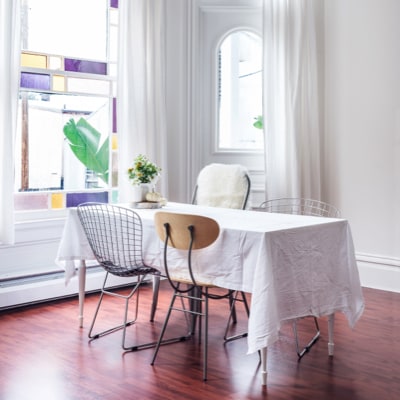Stainless steel stair handrails are becoming a staple in architectural design. They change the overall aesthetic of many places. Their sleek, modern appearance not only beautifies the look of a building but also matches well with any architectural design. This paper explores how stainless steel handrails contribute to the aesthetics of residential and commercial environments.
Sleek and Modern Design
- One of the main reasons stainless steel handrails are preferred is due to their sleek and modern design.
- The details and curves make it look clean and plain, which best agrees with modern architecture.
- Stainless steel is shiny, hence elegant, which makes them a great fit for places targeting sophistication.
- Whether in staircases, balconies, or walkways, the finished look of polished stainless steel handrails is capable of taking the general design to a higher level, thus making the appearance remain smooth by connecting elements of different parts of a space.
Vibrant Ability in Integration
- Stainless steel handrails are versatile and could combine well with other materials such as glass and wood.
- By this character, the designers will use them to create unique visual contrasts that enhance the overall look.
- For instance, stainless steel with transparent glass balustrades creates an airy and open feel, which is particularly appealing in urban settings where maximising light and views is of utmost importance.
- This combination serves not only the functional purpose but also adds depth and interest to the design.
Customisation
- The customisation potential of stainless steel handrails further enhances their aesthetic appeal.
- They can be tailored to any given dimension, shape, or finish according to one’s liking or architectural necessity.
- Brushed, polished, or satin finish options allow personalisation that follows the overall theme of a given design.
- Thus, whether to make a statement or complement the whole, stainless steel handrails can be created for the specific intention.
- Stainless steel’s neutral metallic finish allows it to blend well with various colour palettes and materials, ensuring relevance across different design trends.
- It does not rust or corrode, making it a timeless choice for new constructions and renovations.
- As architectural styles evolve, stainless steel handrails remain adaptable, maintaining their aesthetic value for years.
Improvement of Safety Features
- Apart from aesthetics, stainless steel handrails ensure safety without any compromise on their aesthetic appeal.
- Their strength and durability make them suitable for highly trafficked places while offering solid support.
- It is important that in public places, both functionality and aesthetics go hand in hand.
- The overall perception of the space may vary with the appearance of sturdy yet elegant handrails, which would make the place feel more secure while remaining visually appealing.
Conclusion
Stainless steel stair handrails are very crucial in defining the aesthetic quality of different environments. Their sleek design, versatility in integration with other materials, customisation options, timeless appeal, and enhancement of safety features collectively contribute to their popularity in modern architecture. Choosing stainless steel handrails for an architectural or design project can help architects and designers create visually stunning spaces that are not only beautiful but also functional and safe. As trends change, stainless steel remains a reliable choice that enhances the overall aesthetic while meeting practical needs.






